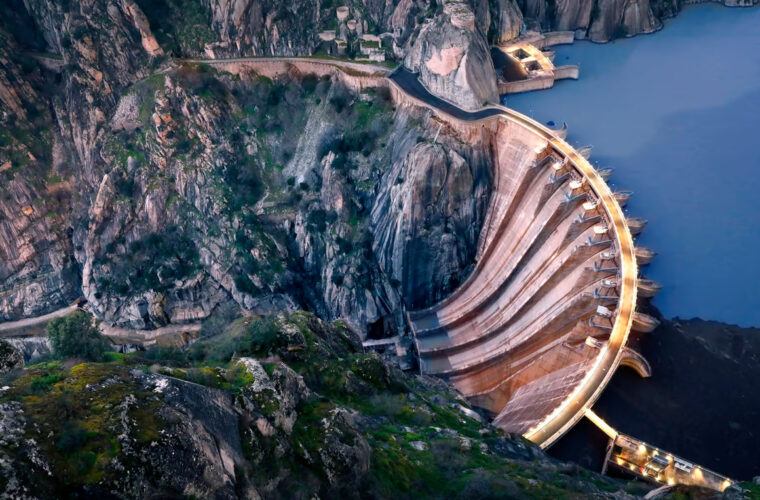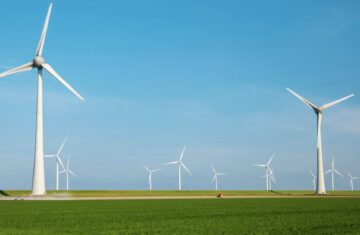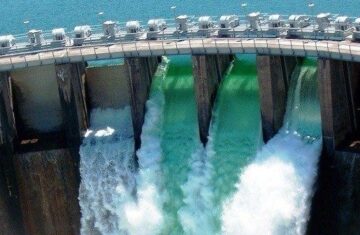The Current State of Hydropower Energy in Spain
Hydropower energy is one of the most established and significant sources of renewable energy in Spain. With its diverse geography, including numerous rivers and mountain ranges, Spain has a unique advantage for harnessing hydropower. This article explores the current state of hydropower energy in Spain, its historical context, potential for growth, challenges, and future prospects.
Understanding Hydropower Energy
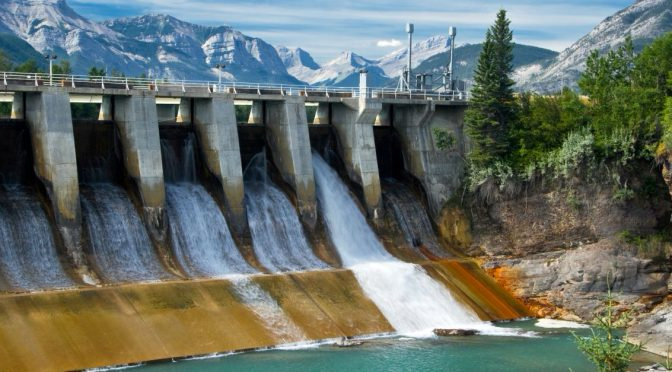
What is Hydropower Energy?
Hydropower energy is generated by harnessing the energy of flowing or falling water to produce electricity. It involves the use of dams or run-of-the-river systems that capture the kinetic energy of water. Hydropower can be categorized into three main types:
- Reservoir Hydropower: Involves the construction of a dam to store water in a reservoir.
- Run-of-the-River Hydropower: Utilizes the natural flow of rivers without significant storage.
- Pumped Storage Hydropower: Stores energy by pumping water to a higher elevation during low demand and releasing it during peak demand.
Importance of Hydropower in Spain
Hydropower plays a crucial role in Spain’s energy landscape. It contributes to energy security, reduces greenhouse gas emissions, and helps stabilize the electricity grid. As of 2022, hydropower accounts for approximately 14% of Spain’s total electricity generation, making it a vital component of the renewable energy mix.
Historical Context of Hydropower in Spain
Early Development
Hydropower has a long history in Spain, dating back to the Roman Empire when water mills were used for various industrial processes. The modern era of hydropower began in the late 19th century with the construction of the first hydroelectric plants.
Growth in the 20th Century
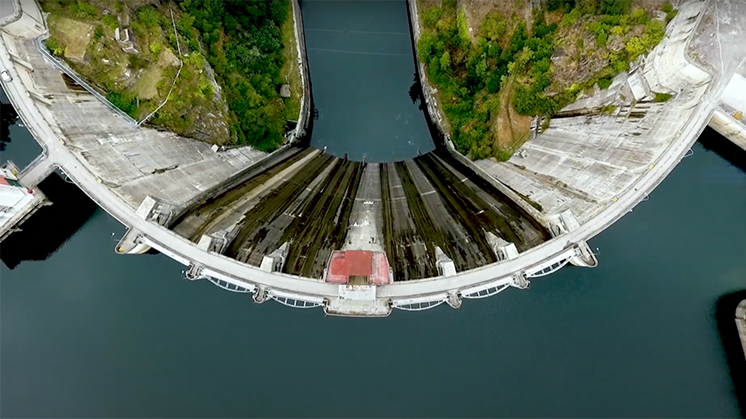
The 20th century saw significant investments in hydropower infrastructure, particularly during the 1950s and 1960s. Major projects, such as the Buendía Dam and the Bolarque Dam, were built to meet the increasing demand for electricity. By the 1980s, Spain had established itself as a leader in hydropower generation in Europe.
Current Hydropower Capacity in Spain
Installed Capacity
As of 2022, Spain’s total installed hydropower capacity is approximately 20,000 MW, making it one of the largest producers of hydropower in Europe. The country has over 1,200 hydropower plants, ranging from small plants generating a few kilowatts to large plants with capacities exceeding 1,000 MW.
Key Statistics
- Total Installed Hydropower Capacity: 20,000 MW
- Annual Hydropower Generation (2022): Approximately 45 TWh
- Percentage of Total Electricity Generation: 14%
Major Hydropower Plants in Spain
Spain is home to several significant hydropower plants, including:
- Buendía Dam: Located in the province of Guadalajara, with a capacity of 1,920 MW.
- Bolarque Dam: Situated on the Tagus River, with a capacity of 1,020 MW.
- Alcántara Dam: One of the largest in Europe, located on the Tagus River, with a capacity of 1,800 MW.
The Role of Hydropower in Spain’s Renewable Energy Strategy
National Energy and Climate Plan (NECP)
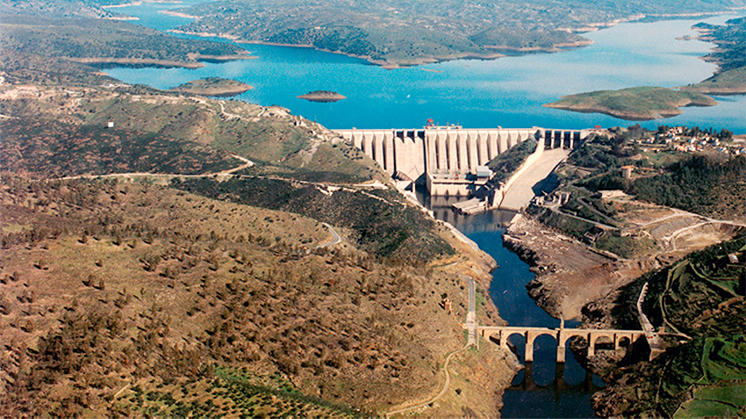
Spain’s National Energy and Climate Plan (NECP) outlines the country’s commitment to increasing the share of renewable energy sources. The plan aims for 74% of electricity generation to come from renewable sources by 2030, with hydropower playing a crucial role in achieving this target.
EU Regulations and Support
As a member of the European Union, Spain is subject to various regulations aimed at promoting renewable energy. The EU Renewable Energy Directive provides a framework for member states to increase their renewable energy share, including hydropower.
Advantages of Hydropower Energy
Renewable and Sustainable
Hydropower is a renewable resource that can provide a continuous supply of energy as long as water flows. It reduces reliance on fossil fuels and contributes to lower carbon emissions.
Energy Storage and Flexibility
Pumped storage hydropower facilities offer a way to store energy for later use, enhancing grid stability. During periods of low demand, excess energy can be used to pump water to higher elevations, which can be released during peak demand.
Economic Benefits
Hydropower projects create jobs and stimulate local economies. The construction and maintenance of hydropower plants provide employment opportunities in various sectors, including engineering, construction, and maintenance.
Challenges Facing Hydropower in Spain
Environmental Concerns
While hydropower is a clean energy source, it can have negative environmental impacts, such as habitat disruption and changes to water quality. The construction of dams can affect local ecosystems and fish populations.
Water Scarcity
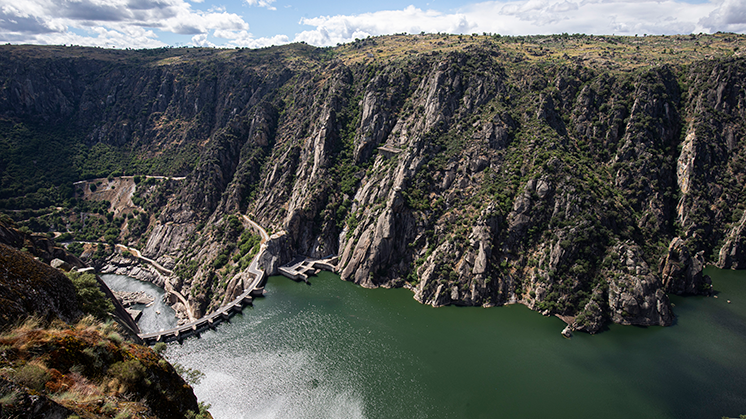
Spain faces challenges related to water scarcity, particularly in the eastern and southern regions. Climate change has led to decreased water flow in many rivers, affecting the viability of hydropower generation.
Regulatory and Bureaucratic Hurdles
Navigating the regulatory landscape for hydropower projects can be complex. Delays in obtaining permits and approvals can hinder the development of new projects.
Future Prospects for Hydropower in Spain
Technological Innovations
Advancements in technology can enhance the efficiency and sustainability of hydropower plants. Innovations such as fish-friendly turbines and improved dam designs can mitigate environmental impacts while maximizing energy generation.
Expansion of Small-Scale Hydropower
There is significant potential for small-scale hydropower projects in Spain. These projects can be developed with minimal environmental impact and can provide energy to local communities. The government is encouraging investments in small hydropower systems as part of its renewable energy strategy.
Integration with Other Renewable Sources
Integrating hydropower with other renewable energy sources, such as wind and solar, can enhance energy security and grid stability. This hybrid approach can help balance supply and demand, particularly during fluctuating weather conditions.
Conclusion
Hydropower energy is a vital component of Spain’s renewable energy landscape. With its extensive capacity, historical significance, and potential for growth, hydropower can play a crucial role in achieving Spain’s energy and climate goals. While challenges remain, technological innovations and supportive policies can help Spain harness its hydropower potential for a sustainable future.
References
- Spanish Hydropower Association (ANPH)
- Ministry for the Ecological Transition
- International Hydropower Association (IHA)
- European Commission – Renewable Energy
